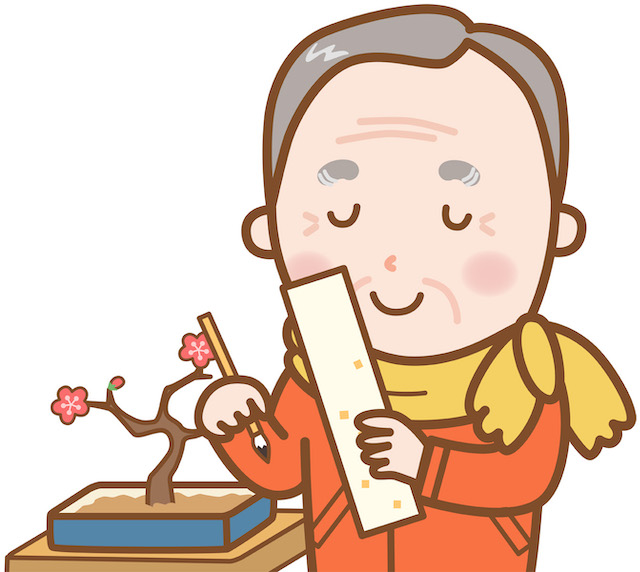The Origins of Haiku
Haiku is a traditional form of Japanese poetry that originated from a group poetry game called renga. The first part of renga, called hokku (5-7-5 syllable pattern), gradually became enjoyed as a standalone poem, marking the beginning of haiku. In the Edo period, a humorous style of poetry known as haikai became popular, and the famous poet Matsuo Basho(1644-1694) refined the form, establishing it as haiku.
Fu-ru-i-ke-ya
Ka-wa-zu-to-bi-ko-mu
Mi-zu-no-o-to Basho (original Japanese)
An old pond –
A frog leaps in,
The sound of water. (English Translation)
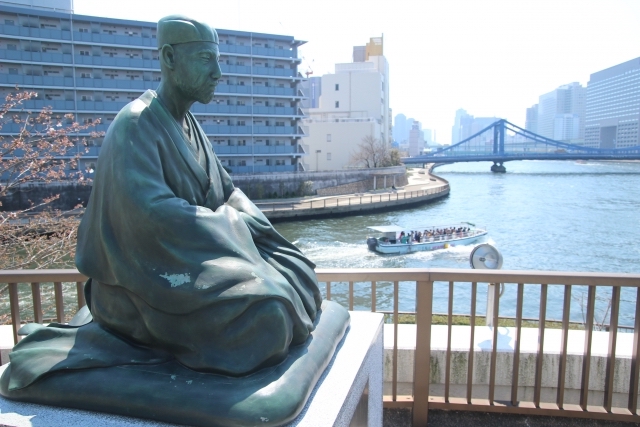
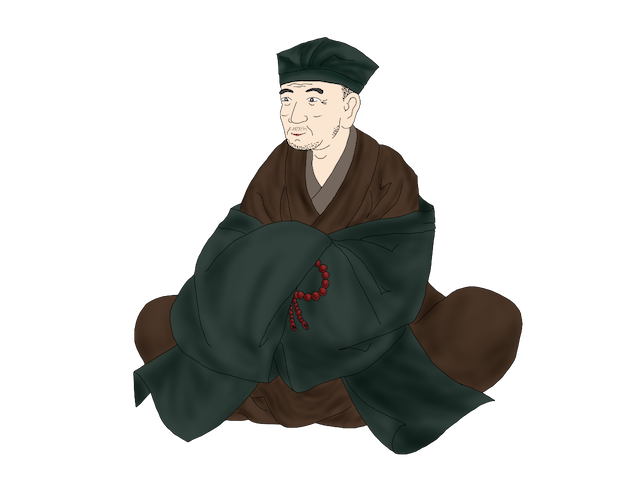
Haiku’s Global Appeal
In recent years, this short poetic form of 5-7-5 syllables has gained popularity overseas and is being experimented with in other languages. The major Japanese tea company Ito En holds a haiku contest with an English category. Below are two award-winning haiku from the latest competition. Interestingly, there were 1,921,404 submissions, with 29,991 in English.
Grand Prize (Japanese high school student)
cold night
flood light
vending machine
Outstanding Prize (Irish person)
closed for repairs
cherry blossoms fill
the hotel pool
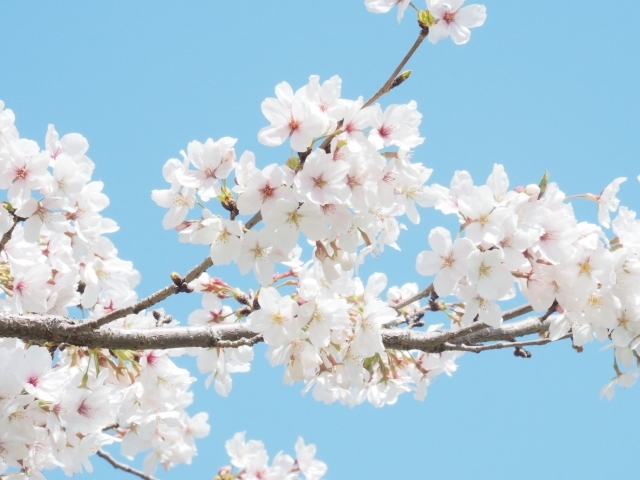
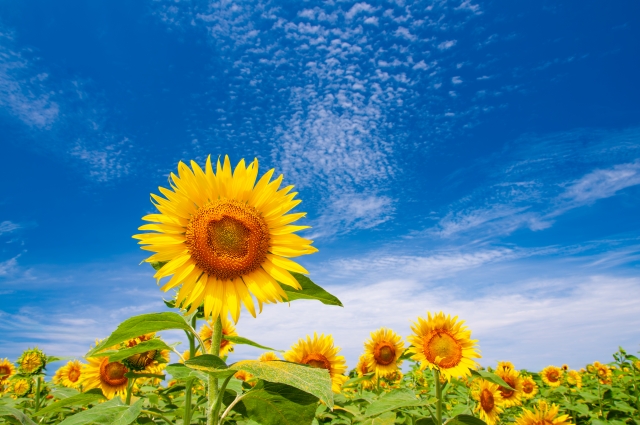
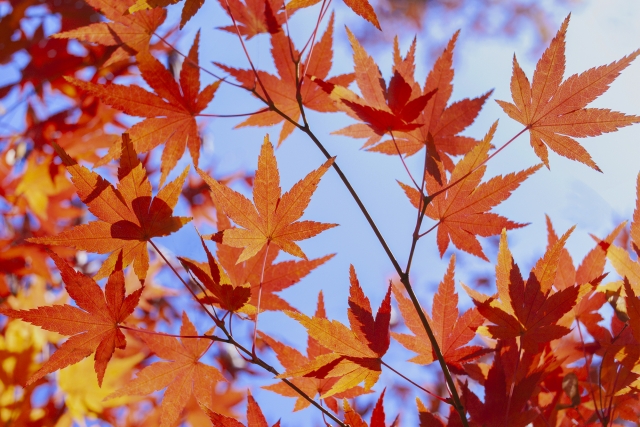
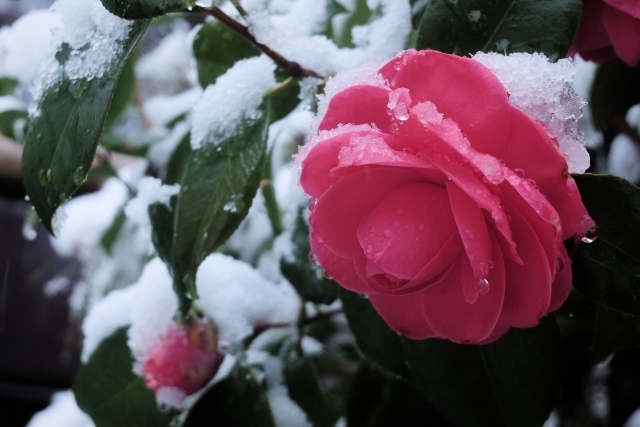
The Role of Seasonal Words (Kigo)
Besides the 5-7-5 syllable rule, haiku must include a seasonal word (kigo), a strict requirement. This art form emerged from Japan’s climate, where the four seasons are clearly defined. To reference which season a word represents, there is even a dictionary called Haiku Saijiki. With over 8,000 seasonal words, my own copy of this book spans more than 1,100 pages. Strictly speaking, the year can be divided not only into four seasons but into 24 or even 72 parts, reflecting the Japanese sensitivity to seasonal change.
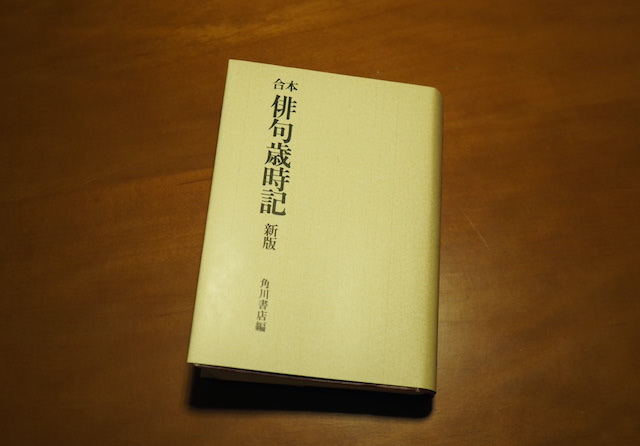
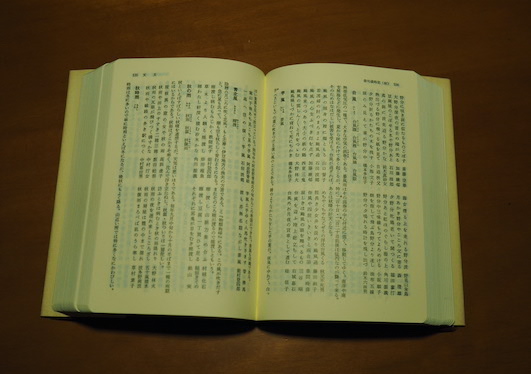
A Debate on Haiku’s Artistic Value
Shortly after World War II, an interesting debate arose. In 1946, a critic and scholar of French literature questioned whether the brevity of haiku allowed for artistic expression. He compared works by amateurs and masters, highlighting the difficulty in judging their quality and argued that haiku, unlike novels or plays, did not deserve to be called art, branding it a “Second-rate Art.”
Haiku and the Japanese Heart
Whether haiku is considered art or not is not the issue here. What is certain is that many Japanese, especially the elderly, feel a desire to express themselves through this form. Capturing a fleeting moment of seasonal change and one’s state of mind with a few words, and encapsulating it within 17 syllables, also invites appreciation of the rhythm of the language.
A Teacher’s Haiku Legacy
My former elementary school teacher naturally incorporates haiku into everyday life. These moments might represent a sincere confrontation with reality. As someone who has been writing haiku for a long time, I sense that his works are gradually deepening his understanding of life. Though I do not intend to take up haiku myself, his example is inspiring.

